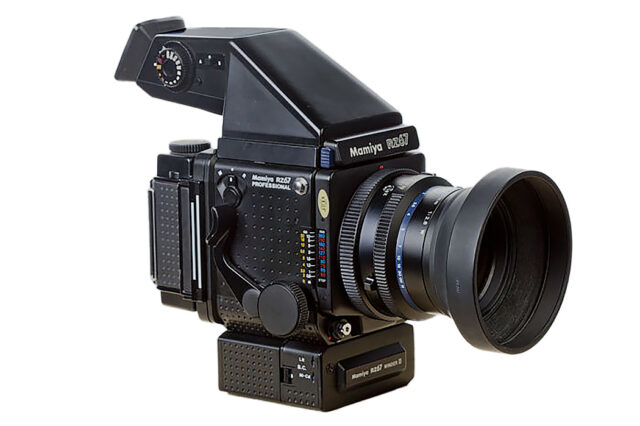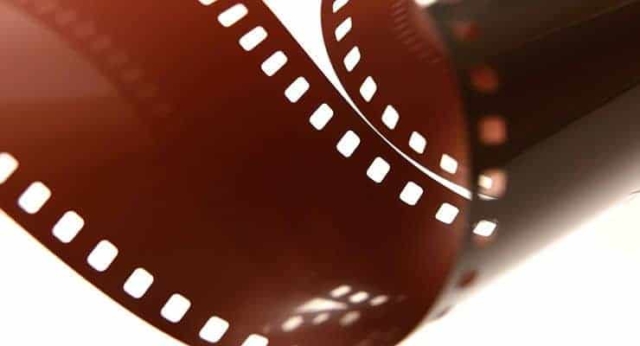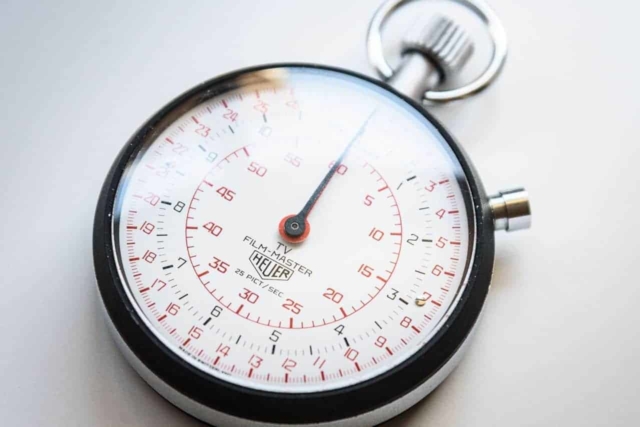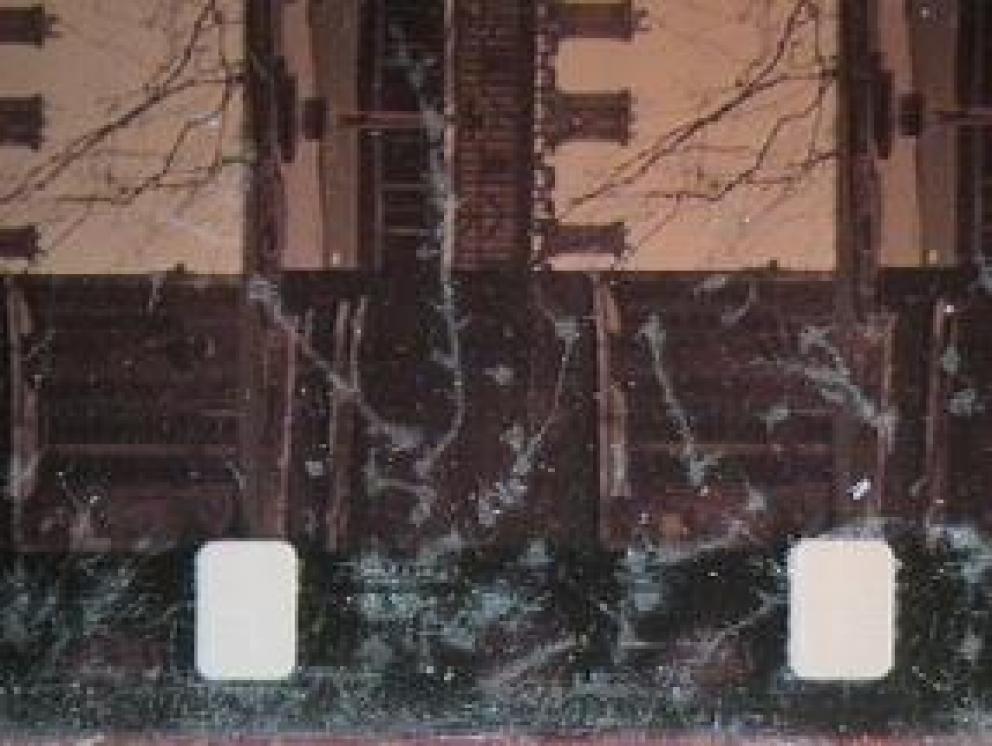In comparison to photographing on film, commercial photography captured on digital is way less expensive. By a factor of 6 times cheaper!
Let’s take the example of a recent commercial photography job I completed for a long-time client. The total cost of the job was $3,000, which got me thinking about how different it would have been 20 years ago when film was the primary medium for photography. To be precise, we would have used 6×7 medium format transparency film for this job. So, let’s dive into the workflow and costs comparing film to digital.

In the days of film, 6x7cm medium format photography allowed 10 photos per roll. To test lighting and provide clients with previews, we would shoot Polaroids. Today, thanks to digital technology, clients can instantly view images on an iPad or laptop as we capture them.
Now, let’s talk about the costs. For this comparison, I’ll use my rates from 2005, when I was still shooting some film:
- Photography: $2,000
- 60 rolls of film & processing at $60 per roll: $3,600
- 30 Polaroids at $6 each: $180
- Film scans of 10 hero shots: $300
- Retouching: $1,400
- Couriers: $120
Subtotal: $7,600

Hold on, you might say, that’s only 2.5 times more expensive, not 6 times. Well, here’s the thing. Due to the urgency of the job, the final selection, scanning, retouching, and delivery would have had to be done with a rush service. Pro film labs and retouchers would charge a 100% rush fee on top of their normal service, which significantly increases the cost.
Rush surcharge: $10,600
Total: $18,080
When it comes to time, the difference is also significant. In the film era, we would anticipate longer turnaround times, often allowing days or even weeks for the entire process. Ad agencies, for example, needed to review the images, scan, prepare mock-ups, and then send the artwork for printing.

However, with the advent of digital photography and the internet, we have come to expect quick delivery as the norm. This expectation applies not only to commercial photography but also to many aspects of our lives.
Digital commercial photography has not only reduced costs for clients but also allows for faster turnaround times. Additionally, digital capture provides higher quality than film and allows for backup copies without any loss in quality.
